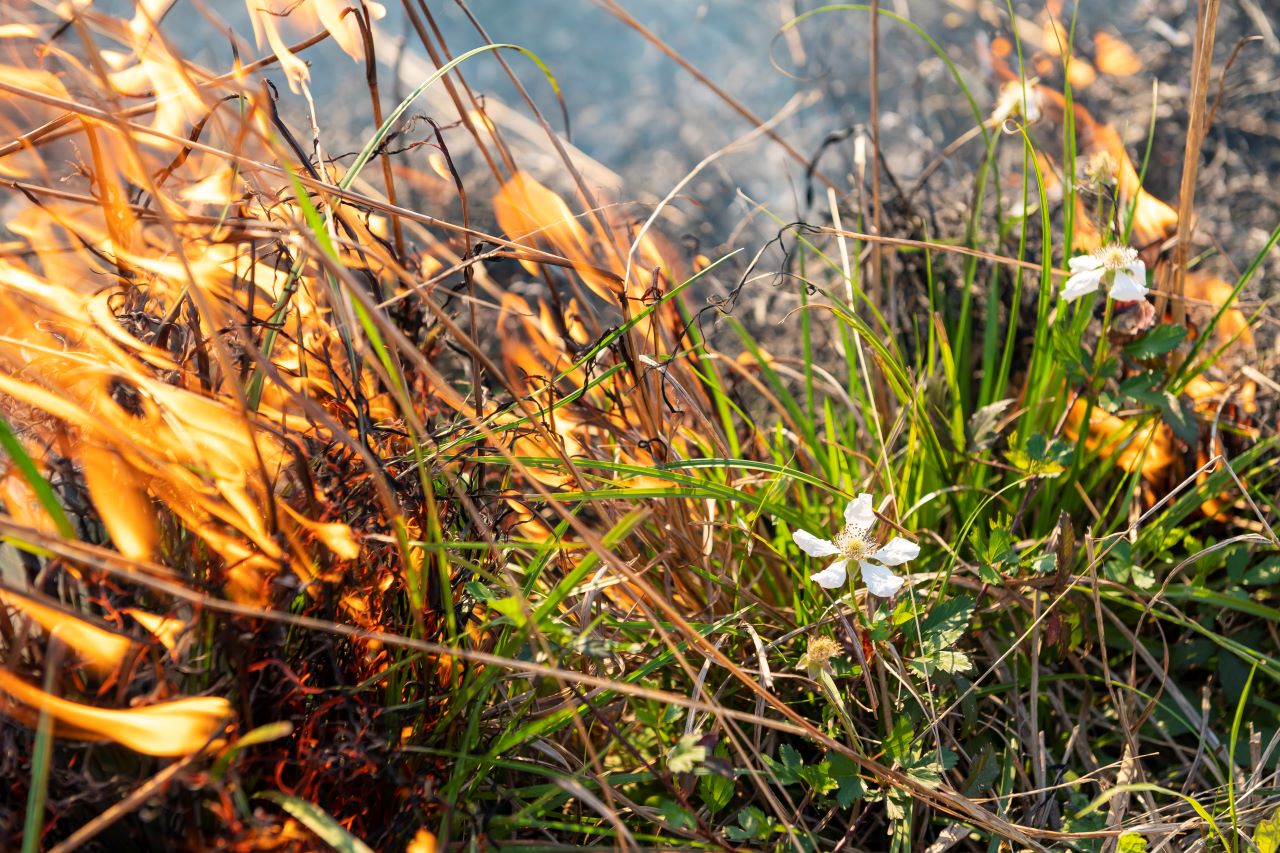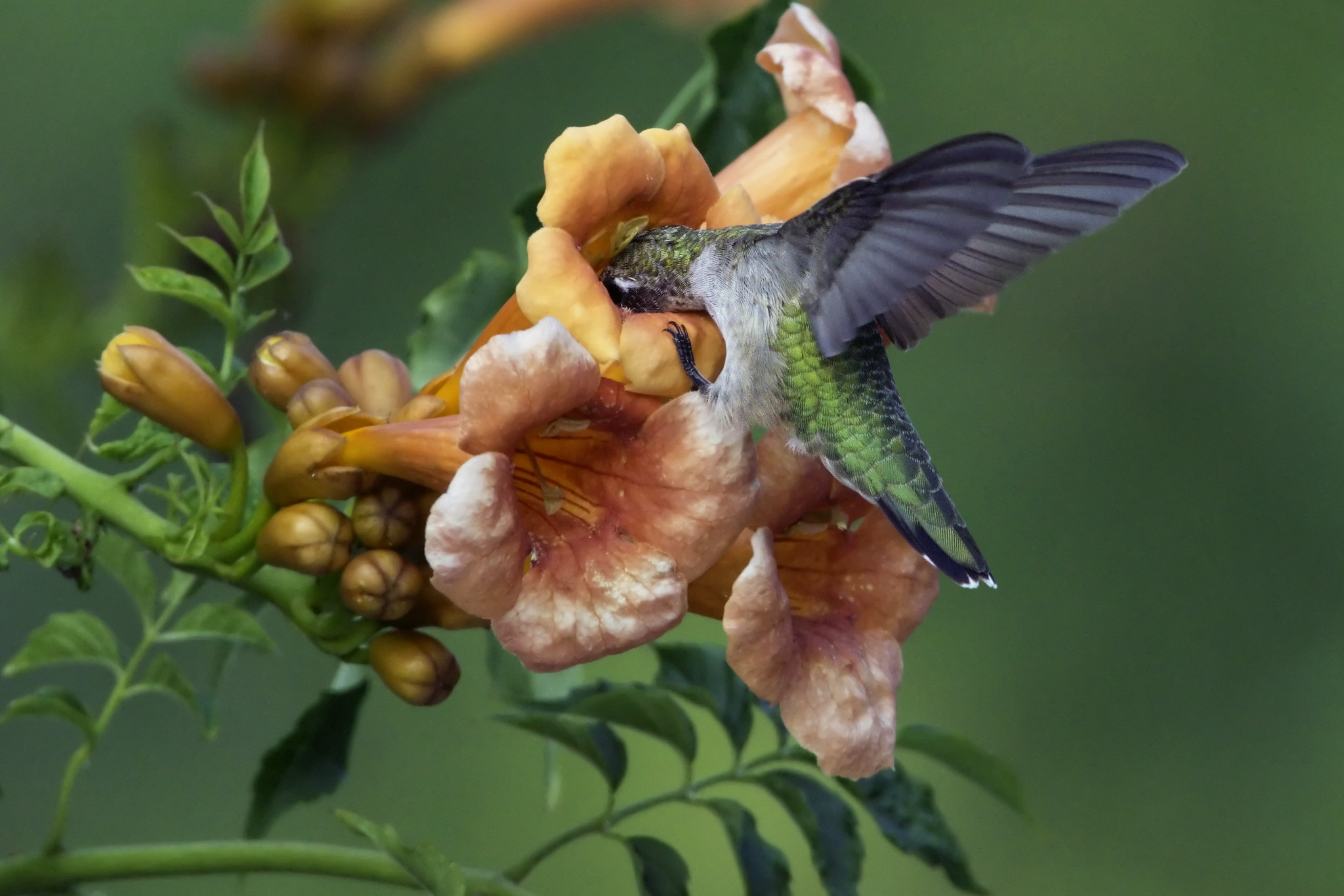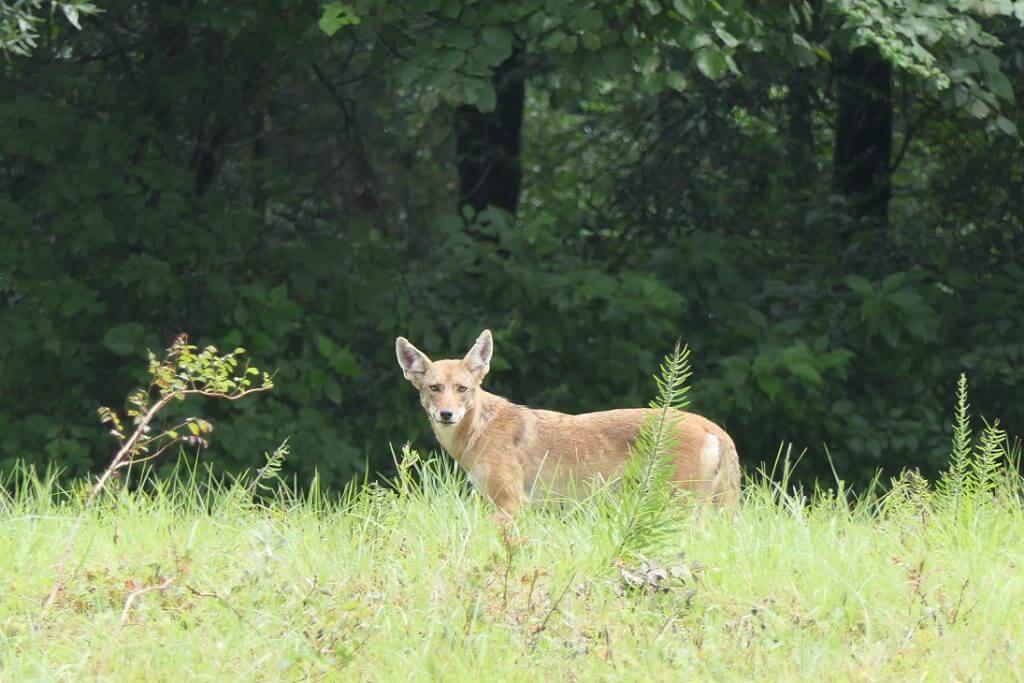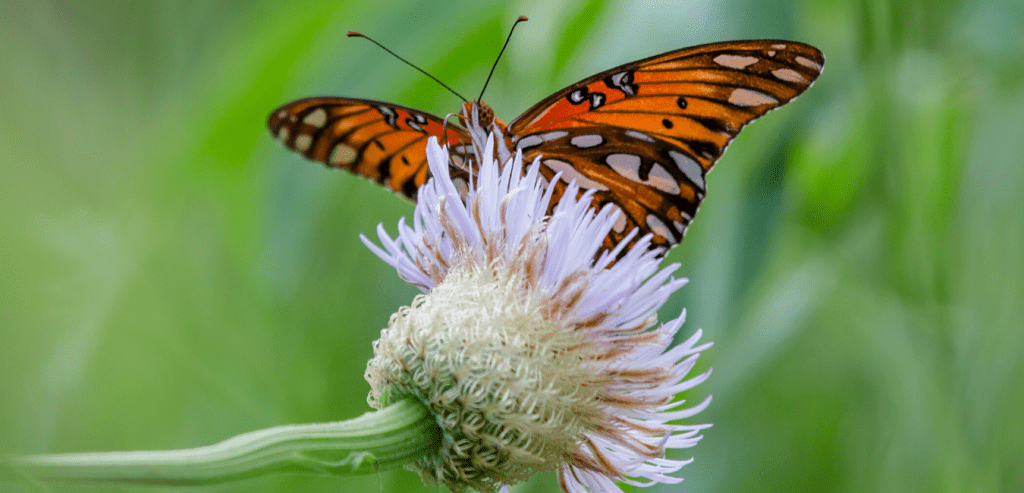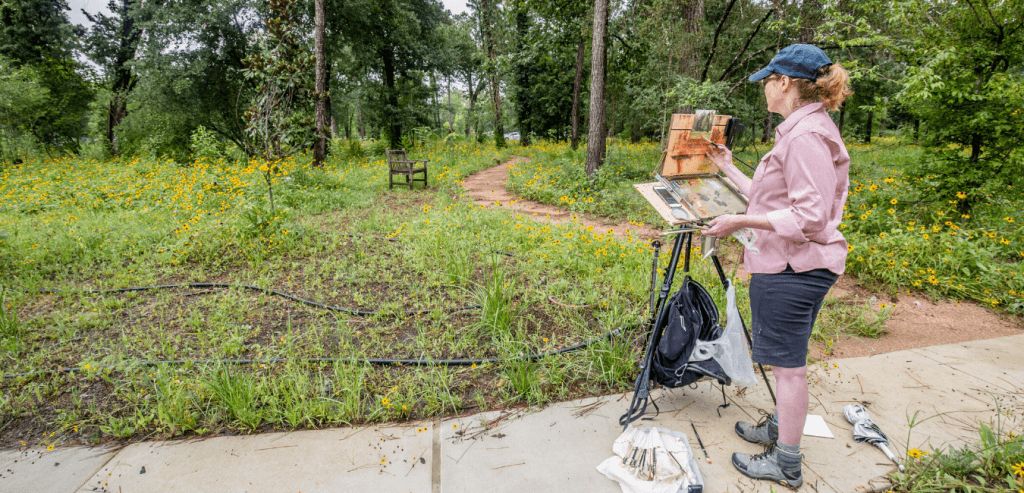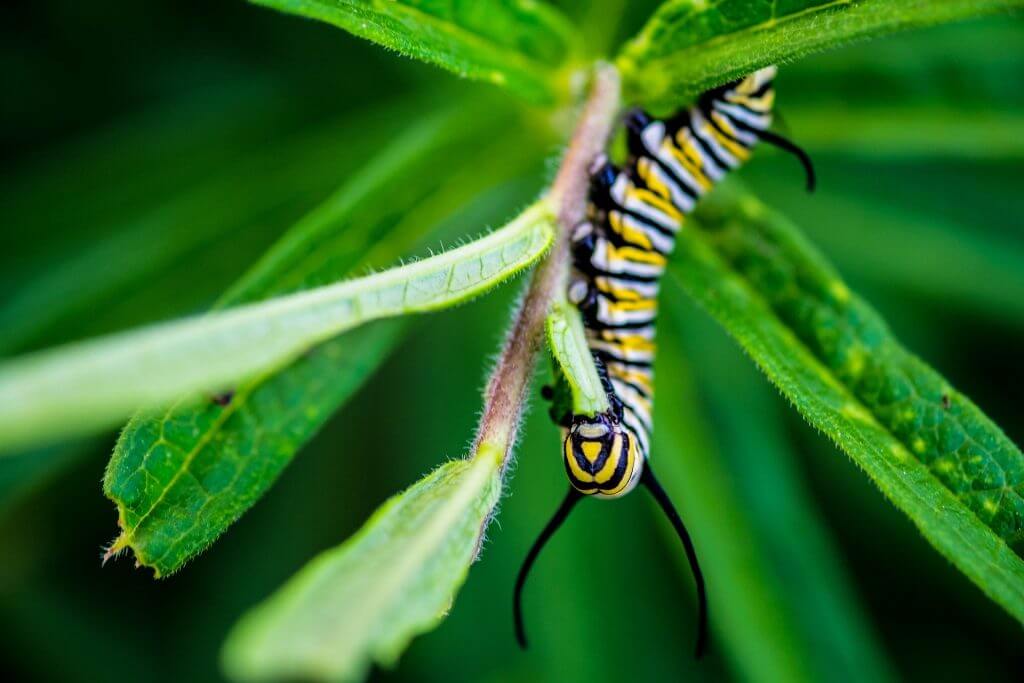Written by Amy Barton

Right here, right now, in America’s fourth largest city, we get to experience the trans-Gulf migration of millions of songbirds, hawks, warblers, and countless other birds. Houston lies along the 95th meridian, which is the center of the main migration route of trans-Gulf migrant birds. Birds from all over North America pass through southeast Texas on their way down south, making for amazing migratory bird watching opportunities.
Hawks gather at Smith Point Tower
Hawks are funneled over southeast Texas on their way down south and can be seen in huge kettles preparing for their flight. You can witness this incredible phenomenon at the Smith Point Hawk Watch on the east side of Galveston Bay. At Smith Point there is a 40′ hawk tower staffed daily by counters and volunteers until November 15th. Bring your binoculars! For more info: Smith Point Hawk Watch
Migratory birds living the dream?
Each fall, untold millions of birds migrate from their summer breeding grounds in North America to their winter homes in the tropics of Mexico, Central and South America, and the Caribbean. It sounds a lot like they get to spend the summer nesting with their fellow love birds and then get to vacation in the tropics with their buddies. But it isn’t all fun and games.

Reality check
Birds that leave southeast Texas each evening in the fall for their 12-18 hour nocturnal flight across the Gulf of Mexico are influenced by several factors, including winds, rain, and energetic condition of the individual bird.
If the birds encounter a strong cold front, or severe storms, most will stop at the first land they see. Studies have shown that birds search out any wooded habitat to stop in, and then move short distances to the best habitat available. Good habitat for a variety of birds is usually complex native habitat, with mature trees, mid-level shrubs, and dense understory. While Houston appears to be covered in woods, most parts of the city consist of trees and non-native plants or lawns.
You can help the migratory birds!
Birds and other animals need corridors of continuous suitable habitat to survive in our urbanized world. We can create these corridors of green space in our very backyards by planting native species of trees, flowers, and shrubs to provide shelter, food, and water for the birds on their journey south.


